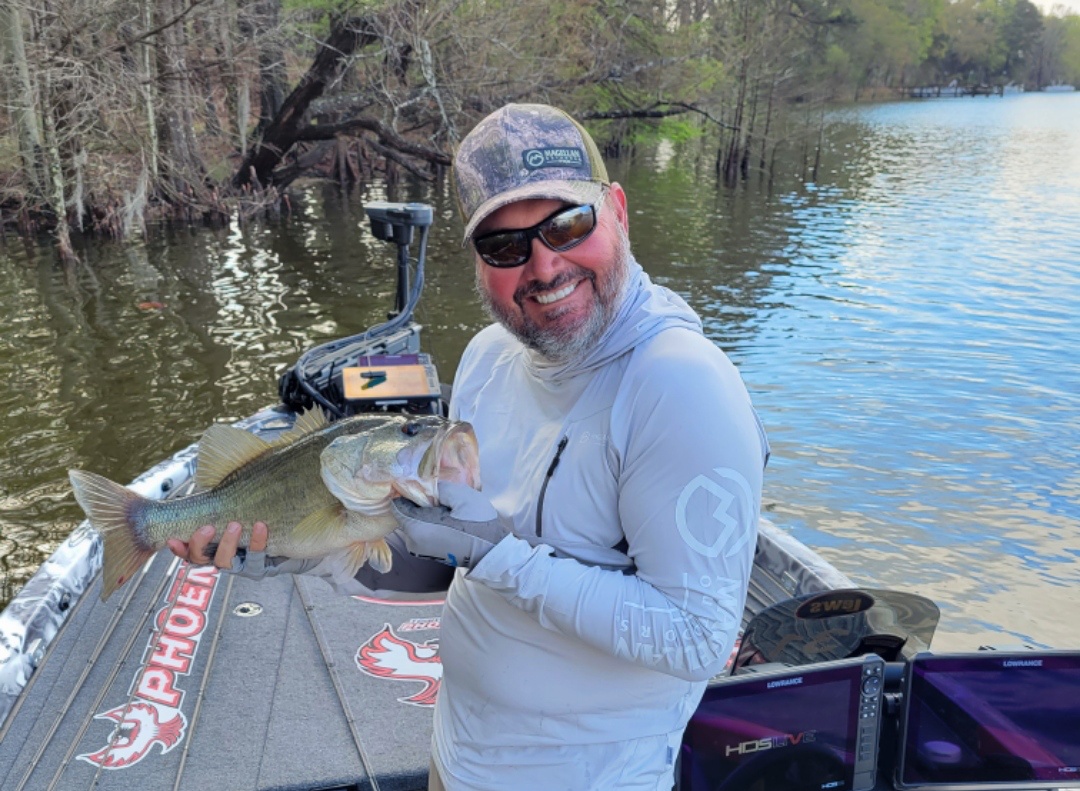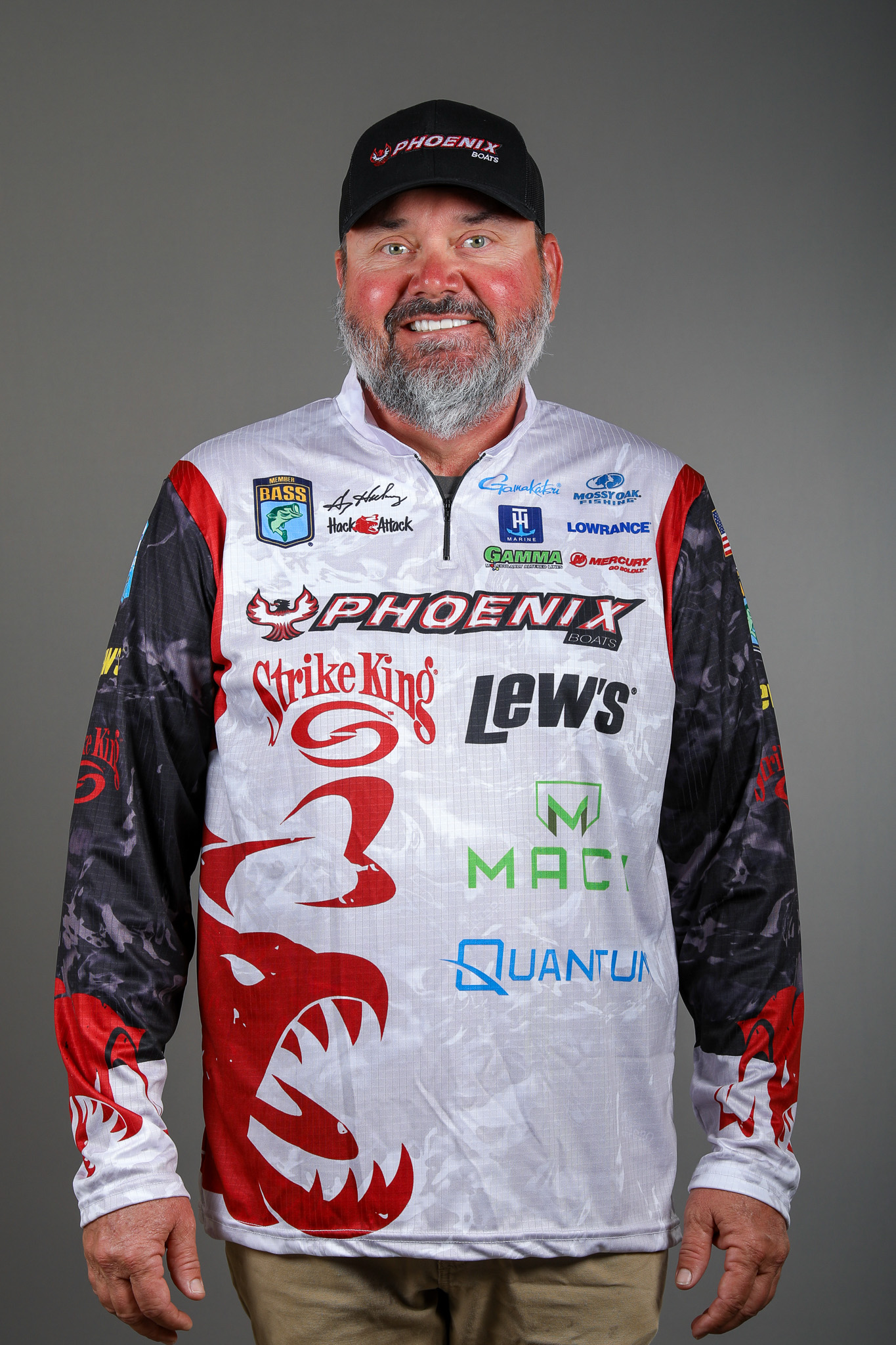
I grew up on a fishery where I never caught fish deeper than 4 feet, and that’s where I make most of my living today — fishing shallow.
Contrary to what some anglers may believe, electronics are just as important in shallow water as they are in deep water.
I am constantly looking at my Lowrance HDS bow graph, monitoring the 2D sonar, water temp, mapping and time of day. I’m absorbing all of that information when fishing shallow.
I’m watching for depth changes just like the deep angler. Although that change may be a subtle drop from 2 feet to 3 feet, it can hold fish the same way a drop from 10 to 20 can be a key structural change offshore.
I’m also looking at the bottom for any changes in content. Does it go from a hard bottom to mud? Is there any rock or vegetation down there? All of this is part of the puzzle that helps me figure out what the fish are doing or may be doing later in the day.
I want to know what was there when I caught that last fish. Was it a log or stump or patch of grass? What time of day was it, and when fishing the spring or fall months, what was the water temperature?
I will use my ActiveTarget forward facing sonar at times, but the 2D feature is vital in helping me piece together detailed bottom and structural information. I’ll use DownScan and SideScan on occasion, but in shallow water, 2D gives me most of the detail I need.
Some anglers believe it’s important to turn off electronics to reduce transducer pinging noise when fishing shallow, but I haven’t seen much difference. The benefits of having it on outweigh any disadvantages I’ve seen.
However, being stealthy is critical because shallow-water resident fish are the hardest to catch. They’re very familiar and aware of their surroundings and can spook easily by unnatural disturbances.
Fish that live in skinny water most of the year are far more wary than those that live in deep water or those that periodically move from deep to shallow to spawn or feed.
For that reason, I run my Ghost trolling motor on slow and steady speeds rather than constantly turning it on and off with a faster speed. You never want that blade “whooshing” erratically. When I get hung on a stump, I don’t rock the boat to get it off because it sends out shock waves. I use my trolling motor, which I believe is the quietest electric trolling motor on the market.
When I move off the front deck to put a fish in the livewell or change baits, I move slowly and quietly to keep my boat as still as possible. When I deploy my Power-Poles, I do so slowly and cautiously.
So my advice to anglers fishing shallow is to be stealthy, but don’t ignore your electronics. Pay attention to the small details you see on the graph, and you’ll put together a more productive pattern throughout the day.





